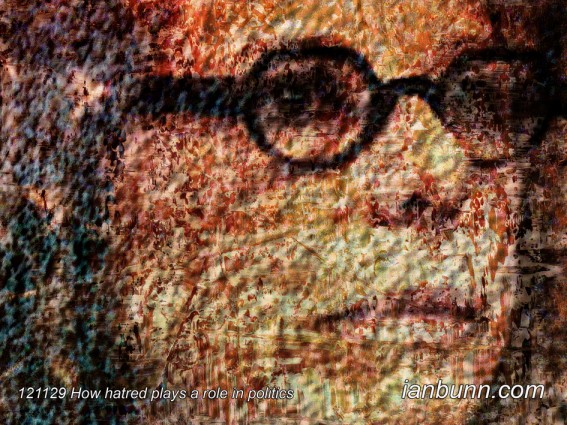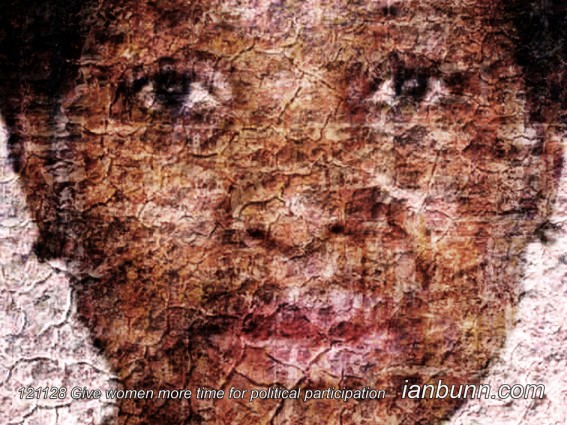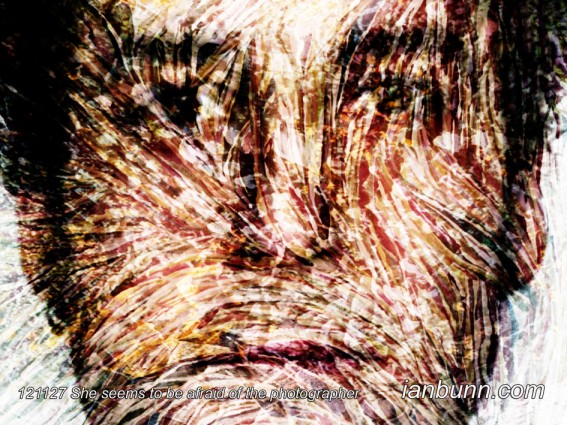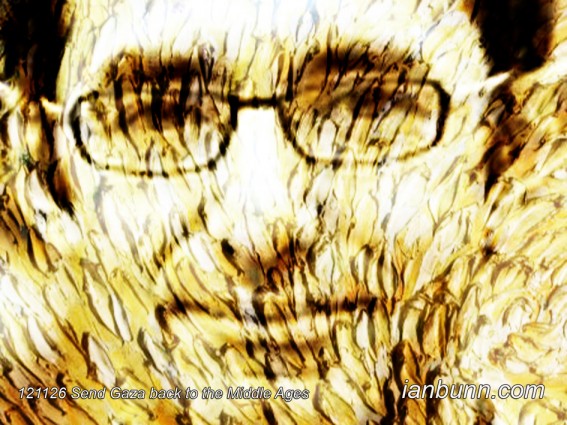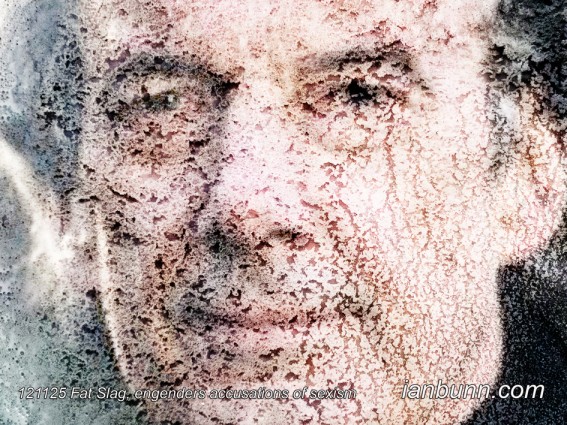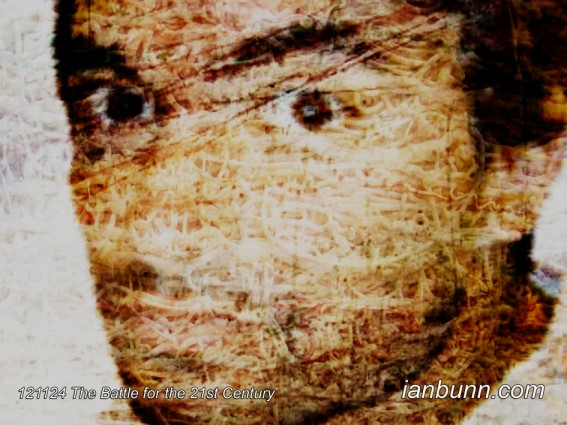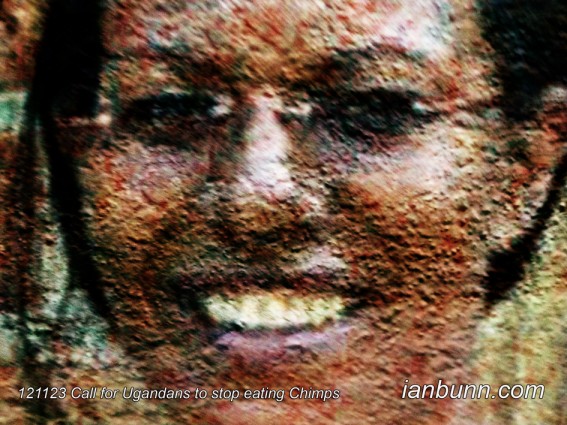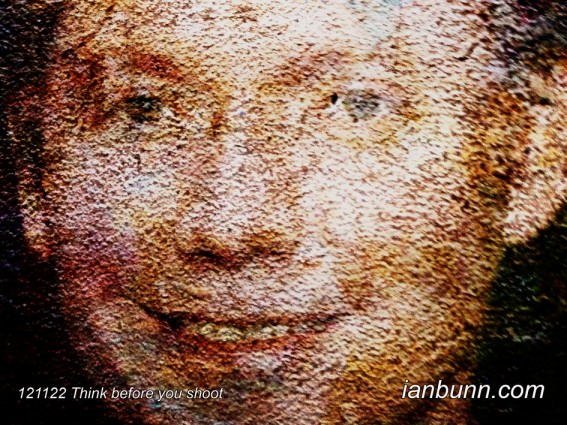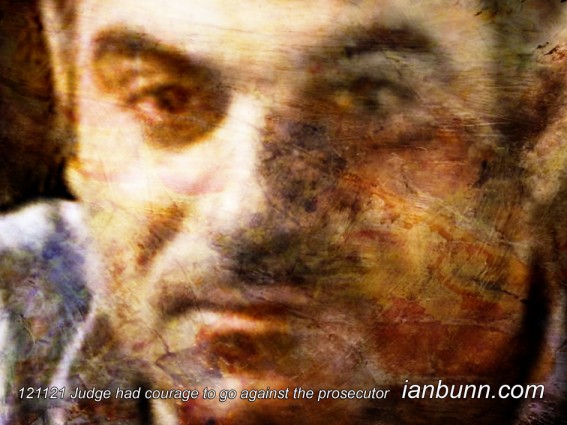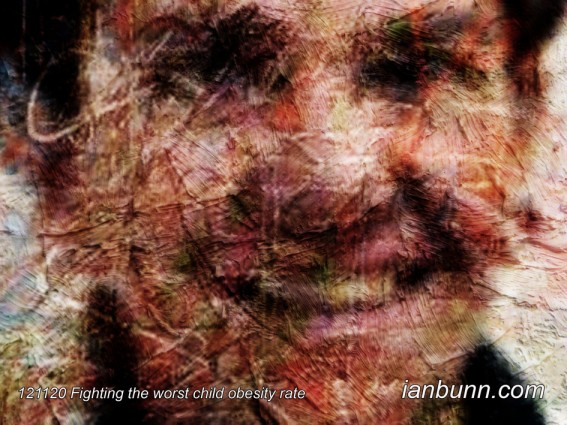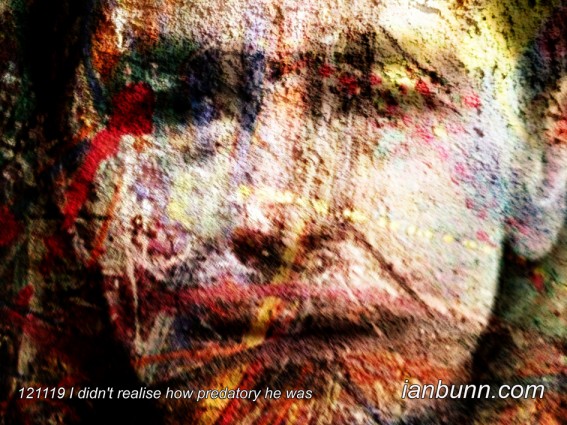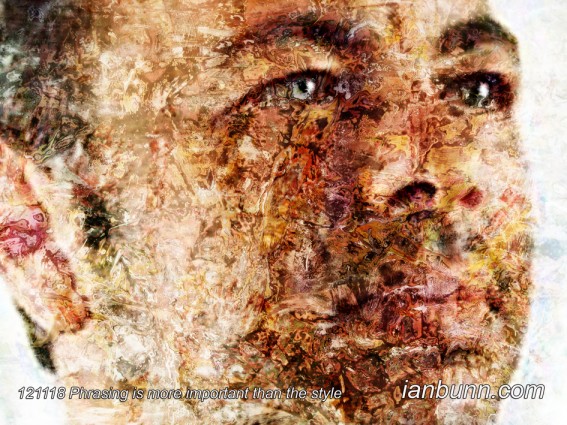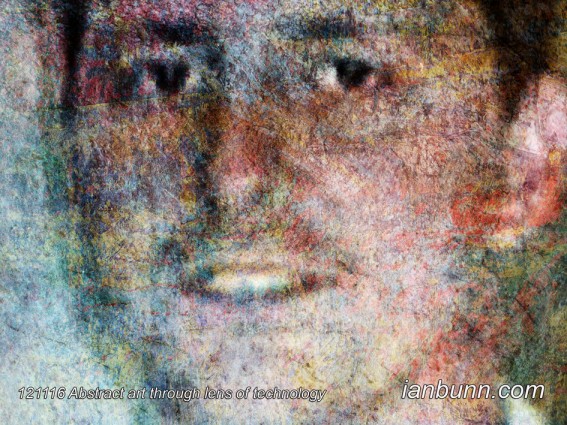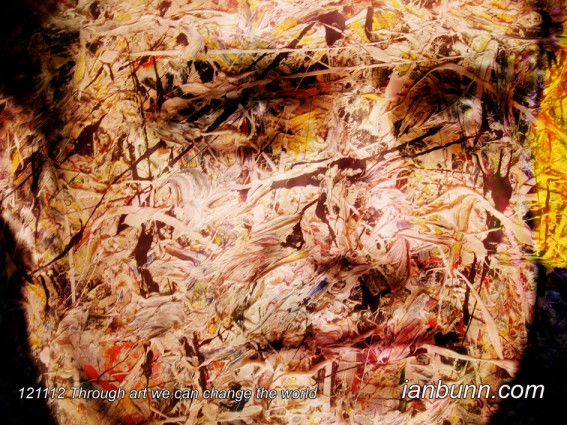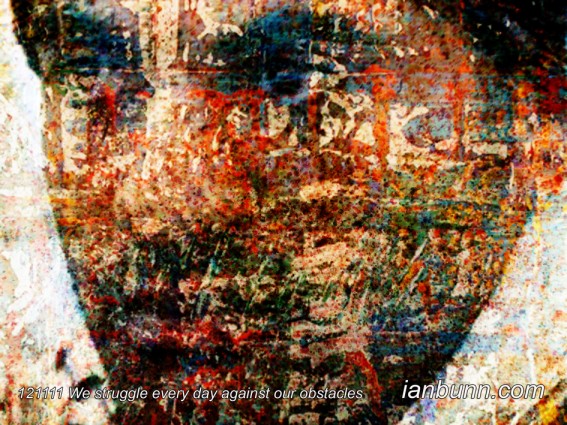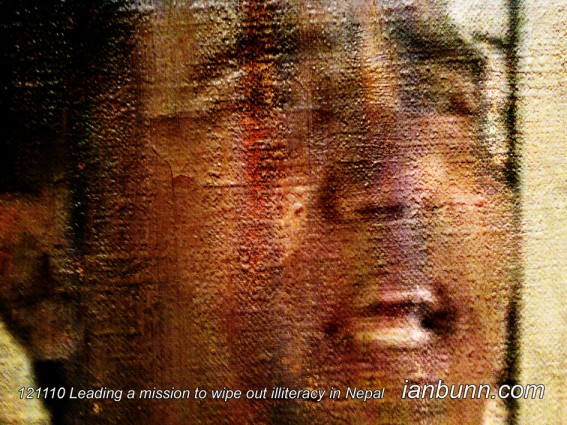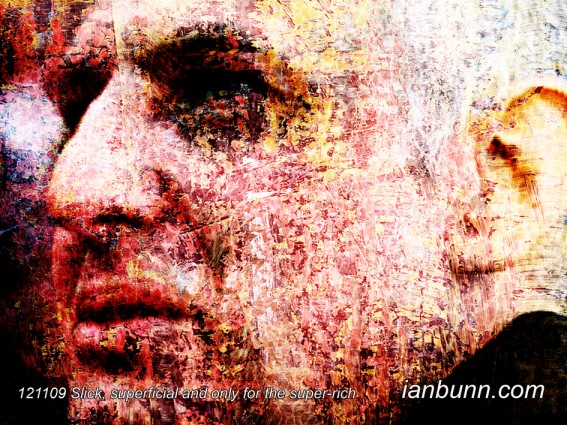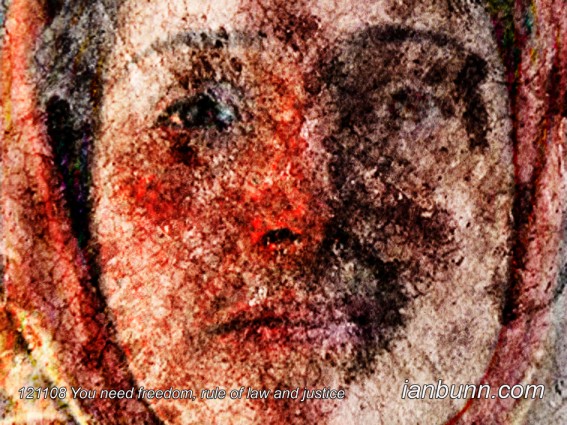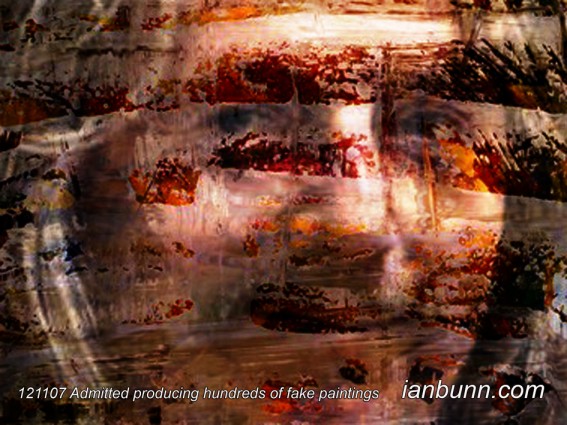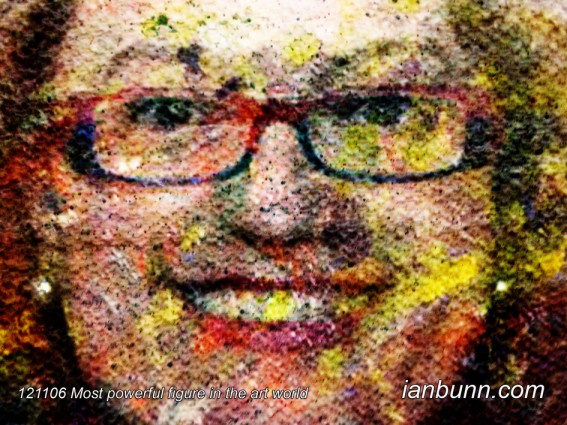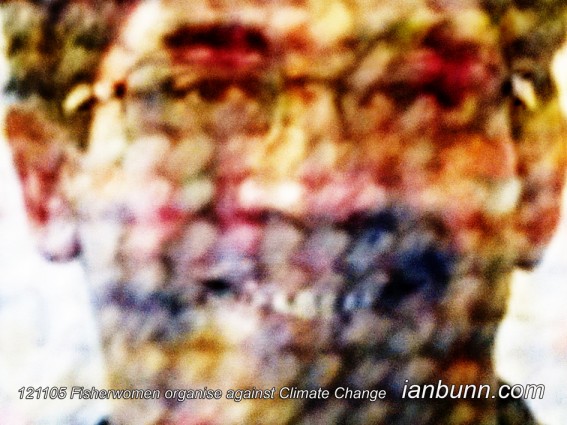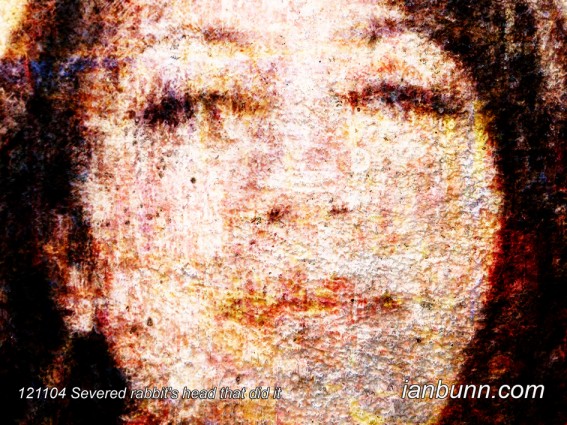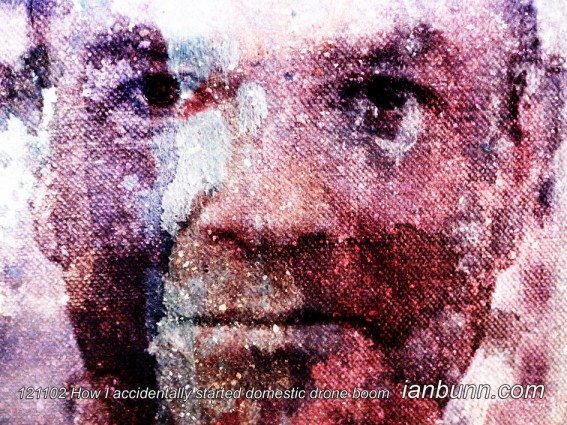 It’s not a comfortable beauty (November 30 2012)
It’s not a comfortable beauty (November 30 2012)
Beatriz Milhazes the 52 year old Brazilian artist known for her work juxtaposing Brazilian cultural imagery and references to western Modernist painting, has been profiled by Eileen Kinsella for Blouin Artinfo in an article titled ‘The Secrets to Brazilian Painter Beatriz Milhazes’s International Success’. Kinsella states “…They virtually explode with layer upon layer of intricate patterns and wild, rich colors. These derive from a vast variety of sources, including, in her earlier works, Baroque imagery and feminine lace or ruffle motifs that refer to 19th-century embroidery. Among continuing sources of inspiration are the rhythms of Brazilian music and the festive imagery of the Carnival, as well as the tropical flora and fauna of Brazil’s lush rain forests. Her studio in Rio de Janeiro sits next to the city’s botanical garden, and its influence on her practice — frequently studded with blooming rings of petals and elaborate floral designs — is palpable. Milhazes’s later works have less of the spiderwebby patterns and feature more mechanical-looking swirls, circles, and squares. …Milhazes described her work in a 2008 interview in the biannual art review RES as having “a healthy conflict. Many people say, ‘Wow, it’s beautiful,’” she said, “but on the other hand, it’s not a comfortable beauty.” Her meticulous process limits the number of paintings she can produce. Milhazes applies paint to plastic sheets and allows it to dry before transferring the pigment to canvas and then removing the plastic. The result is an exceptionally flat, smooth appearance. “I do not want the texture of the brushstrokes or the ‘hand’ of the painter to be visible on my canvases.” the artist explained…”
Inspired by Eileen Kinsella ow.ly/fuJi6 image source Wikipaintings ow.ly/fuJZp
